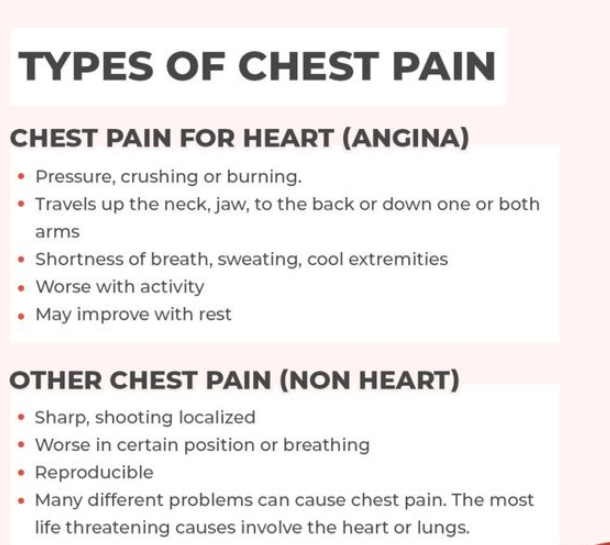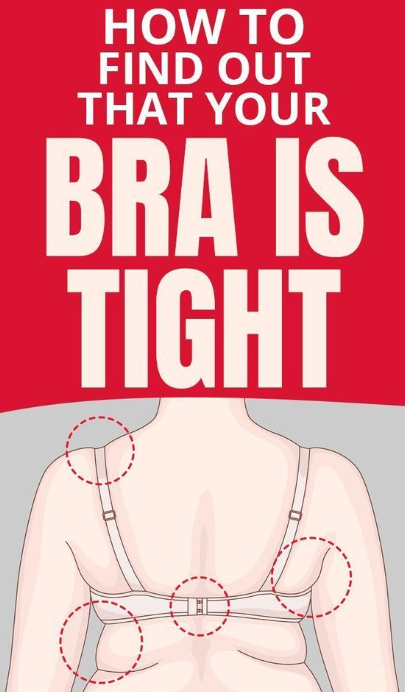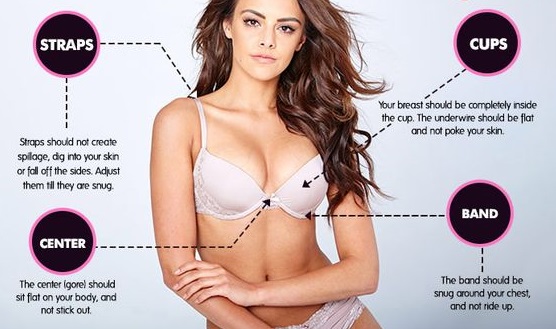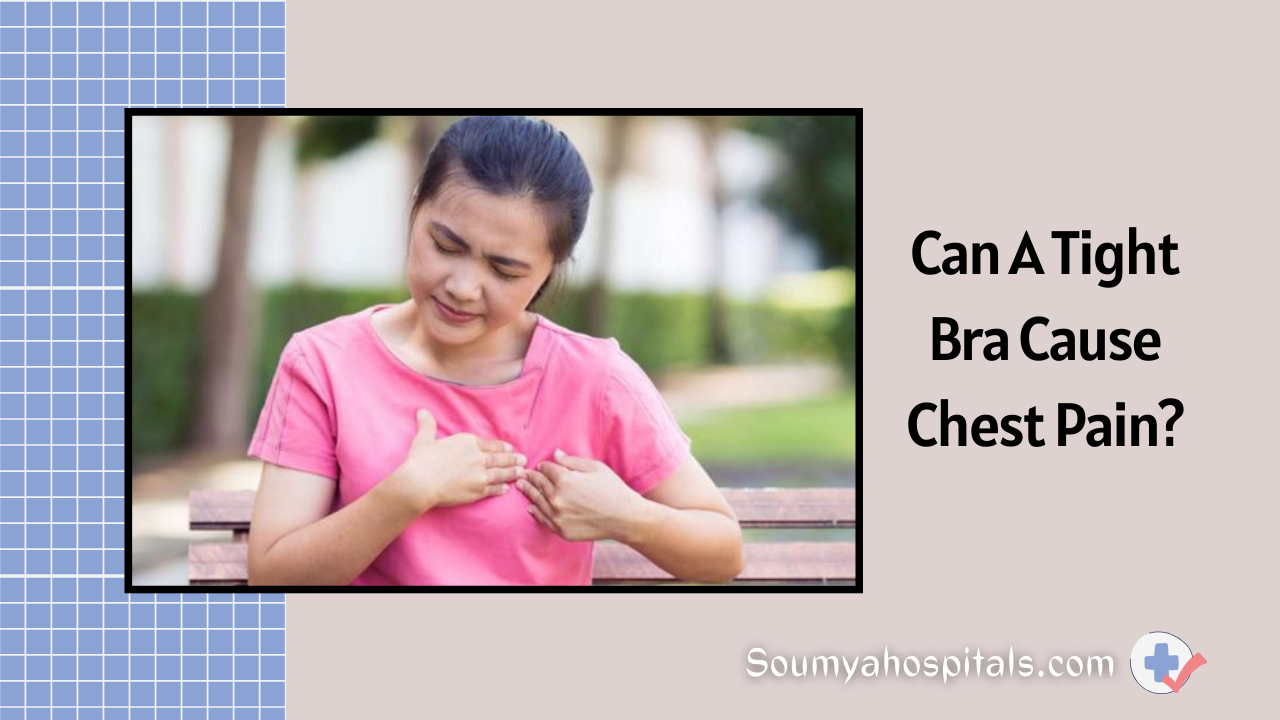Studies show that about 70–80% of women use a bra of a wrong size, putting themselves at various health risks. All thanks to the laces and nets which trick us into buying an ill-fitting bra based on just the looks. One of the most common mistakes women make in this regard is buying a tighter one or a size smaller than the actual size.
Is chest pain a side-effect of the same? The below section explains the same.
Can A Tight Bra Cause Chest Pain?

The answer is, yes. Tight bras do induce breast pain, which in a long run spreads throughout your chest. The reason behind this is the strain the straps and back of the bra put on a muscle called trapezius muscle. This muscle connects the shoulders to the neck. Excess, unwarranted, and persistent pressure on this muscle induces shoulder pain which eventually spreads to your chest and neck.
Also Check: Yoga Poses That Relieve Tailbone Pain
When women with larger breasts opt for tighter bras, the pectoral muscles in the chest become compressed leading to circulatory issues. This also induces chest pain.
The other reason for breast tenderness and pain is not wearing a sports bra while doing any kind of physical exercise. Studies show that physical exercises move your breasts to a massive 8 cms when you are wearing a normal bra. This induces tenderness and pain. A sports bra, designed to support your breasts reduces this movement by about 80%, decreasing your chances of experiencing tenderness and pain.
Signs That Show Your Bra Is Tight

Apart from the obvious fact that you will feel the tightness and strain around your breasts and back, few other things could help you decide if the tightness is actually due to a bra. They are:
- Your breasts spill over the top, side, and bottom of your cup, making your breasts look shapeless.
- Your bra is on the last hook, since, ideally the middle hook should be comfortable always.
- Your shoulders have dents due to the pressure the straps are putting on them.
- The underwire of your bra pokes you and chokes you.
- Your back seems to bulge on sides due to the tight bra squeezing your muscles and skin.
How To Choose The Right Bra

- Your bra should fit in just right and shouldn’t be too tight or too lose. You can determine this by passing two of your fingers below the band without struggling.
- Now, raise your arms up and wave them around. If your breasts fall out, the bra is too loose for you. Adjust the shoulder strap and do the test again. If the breasts still pop out, opt for a smaller size.
- If you are trying a padded bra, your breasts should fill in the cups completely. If they are spilling over, it means the bra is too tight. If there is a gap between your breasts and the cups, the bra is too loose.
- Take a look at your back and if you see the bulges on sides, opt for a bigger size.
- If you are trying an underwired bra, the underwire should lay flat under your breasts and the centerpiece should stay flat on your breastbone.
Many stores have professionals who will help you measure your band size and choose a well-fitting bra. It is important to note that not every brand can give the same comfort for a given size. Thus, it is important to do a basic trial before buying one.
Chest pain can also be caused due to heart burn and angina pectoris and the symptoms might confuse you. The symptoms that can help you identify heartburn are chest pain accompanied by stomach pain, regurgitation of acids, and sore throat. In case of angina pectoris, which is a serious heart condition, women often feel the pain only in the mid and below the left chest. Identify the symptoms carefully and seek medical advice immediately.
